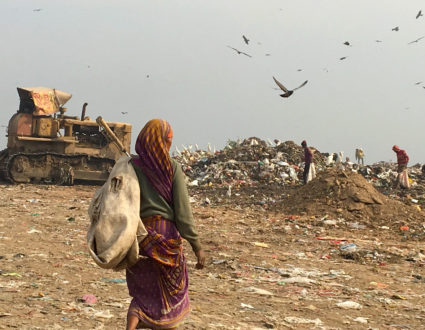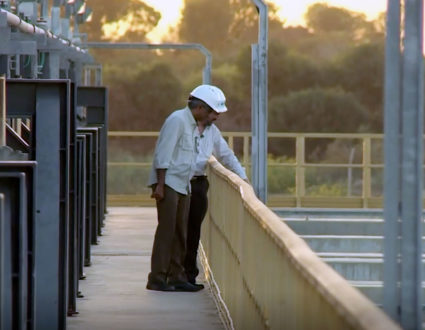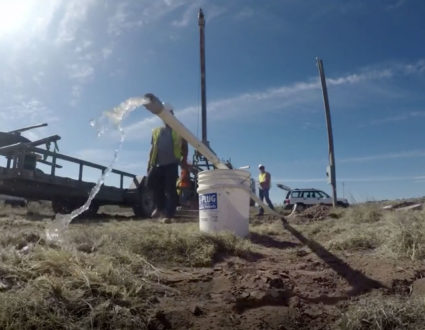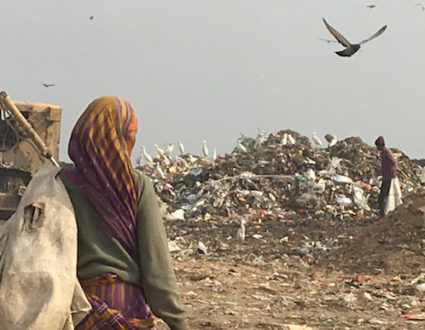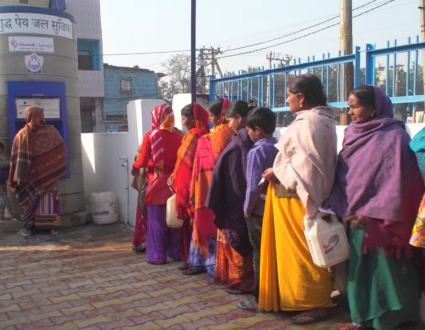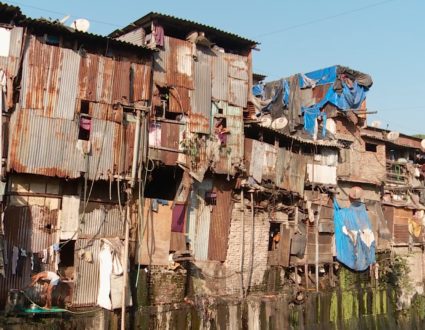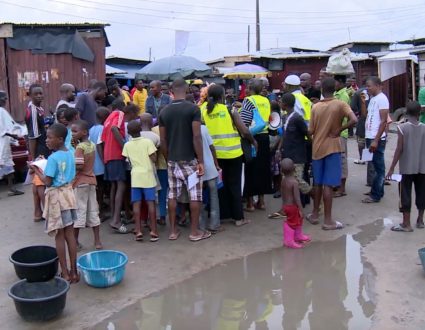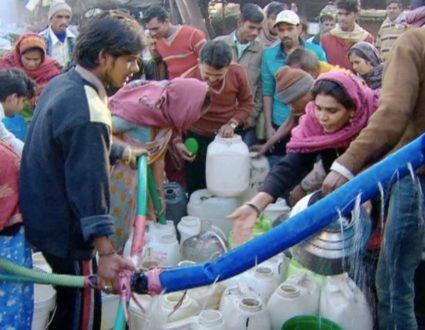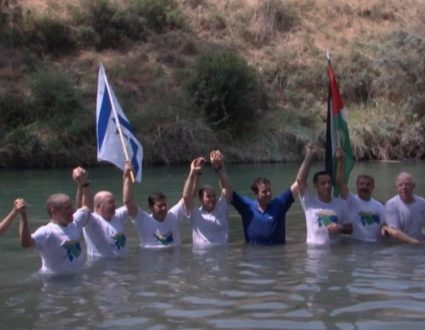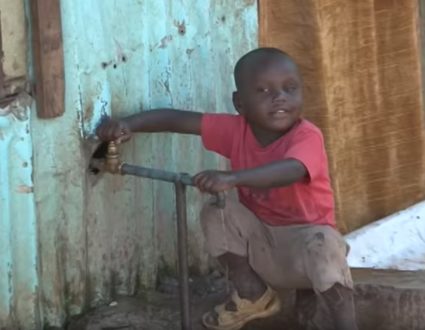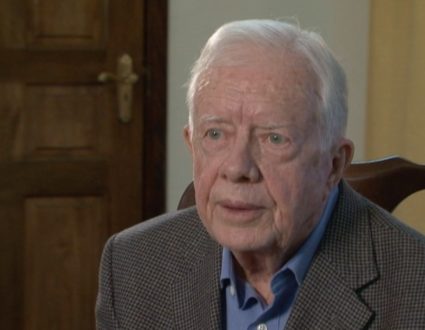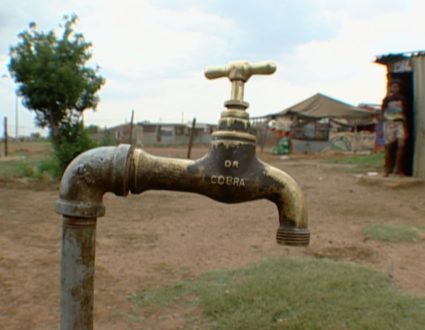William Brangham: Drinking water and restrooms are readily available to most school children in America. That is not the case across the developing world.Special correspondent Fred de Sam Lazaro reports on schools coming together around water. Part of this story was shot in Uganda, just before the pandemic. It’s part of his series, “Agents for Change”.
Fred De Sam Lazaro:Across the developing world, many schools lack not only books or desks but something even more basic: water — to drink, for sanitation
Twesigye Jackson Kaguri, Nyaka School:I grew up in a village in Uganda. Houses didn’t have water, kitchens didn’t have water. Schools never had water.
Fred De Sam Lazaro:So, without water, there’s a lot less education going on fundamentally.
Twesigye Jackson Kaguri:That’s what I’m saying.
Fred De Sam Lazaro:Twesigye Jackson Kaguri founded Nyaka, a school tucked high in Southern Uganda’s mountainous region. It provides free education to children who have lost a parent to HIV/AIDS. Kaguri, who now lives in Michigan, vividly remembers those early years, still the reality for millions of children around the world.
Twesigye Jackson Kaguri:Going to school at 7:00 a.m. in the morning, and finish school at 5:00 p.m. without drinking a sip of water. When I set out to build schools, one of the things I was determined to have is clean water.
Fred De Sam Lazaro:The Nyaka School’s clean water comes from a rain collection system. The local community raised some funds to install these large tanks, and provided material and labor. But a significant chunk of funding came from an unlikely source — school fundraisers in suburban White Bear Lake, Minnesota.There’s plenty of water here but students haven’t come to his event just to soak their teachers. It’s an exercise in building empathy for children elsewhere, who work, literally, laboriously, to fetch water for their daily use.And Minnesota students get a tiny idea of what that’s like: carrying two liter bottles for a mile along the lakeshore. Or carrying buckets of lake water a few hundred feet for a chance to dunk teacher Ben Butters, who helped connect his students to the Ugandan school.Butters teaches physical education at Matoska International School, part of the local district.
Ben Butters, Matoska International School:We just work together all year long coming up with ideas on how we can conserve water, at our school and in our town and at homes and how we could teach that to the younger kids. And then we connect that to the global issue where some kids their age have to walk miles for water.
Fred De Sam Lazaro:His water curriculum, and the Uganda connection was made possible by H2O for Life, a group that partners schools across the U.S. and Canada with those in developing countries and recently the Navajo Nation.
Patty Hall, H2O For Life:I had a friend in Kenya that asked me if I knew anybody who could help him because his community was desperate for water, their kids were dying.
Fred De Sam Lazaro:Retired Minnesota school teacher Patty Hall founded H2O for Life in 2007.
Patty Hall:So I wrote a letter back and said, how much would it cost, and he said, 700,000, Kenya shillings. And I kind of choked until I realized that meant $7,000.
Fred De Sam Lazaro:By the end of the school year, hall and her students raised nearly double that. Inspired, she founded H2O for Life and has so far helped about 1,800 North American schools create nearly 1,000 water and sanitation projects in low resource settings. These projects are only half- funded, on purpose
Patty Hall:I got good advice from a really smart man in the water sector who said don’t fund an entire project and make it a gift. Because then it’s not owned by the community. You want to do a shared project so that the community has buy in, and it’s going to be sustainable for the future.
Fred De Sam Lazaro:A visit made that connection to the world even more personal. Kaguri visited Hall, Butters and a group of H2O for Life students in White Bear Lake
Twesigye Jackson Kaguri:Because of your help and hard work and generosity, guys like you now have clean water —
Fred De Sam Lazaro:Seventh grader Ava Barth is one of the program’s so-called water warriors.
Ava Berth, Student:I realized how much I was taking water for granted. And like I really wanted to help people that didn’t have water, like available to them every day.
Fred De Sam Lazaro:Just before the pandemic, Hall led a tour group to some H2O for Life schools, including Nyaka, where 17-year- old Primah Nayebare played host
Primah Nayebare, Student:Before we had water in our school we suffered so much. We could fetch water from very far carrying jerrycans from very far places.
Fred De Sam Lazaro:So now you’re able to use the time to do something else. What are you using the time to do?
Primah Nayebare:We use the time to revise our books, do our personal administration like washing, bathing, preparing books for the next day.
Ben Butters:If we build a culture of kids, generation of students that take actions and see others as equals and treat people kindly and give them the same dignity that everyone deserves. That’s my hope for the whole world, right there.
Fred De Sam Lazaro:For its part, H2O for Life hopes to see a sharp increase in school partnerships in the next year. Even with the pandemic disruptions, the group says it raised some $210,000 in the most recent school year, enough to fund 75 water and sanitation projects in places where it will make a big difference.For the PBS NewsHour, I’m Fred De Sam Lazaro.
William Brangham:Fred`s reporting is a partnership with the Under-Told Stories Project at the University of St. Thomas in Minnesota.
Education through connection
Drinking water and restrooms are readily available to most school children in America, but that is not the case across the developing world. Special correspondent Fred de Sam Lazaro reports on schools coming together around water. Part of this story was shot in Uganda, just before the pandemic. It’s part of his series, “Agents for Change.”


“We just work together all year long coming up with ideas on how we can conserve water, at our school and in our town and at homes and how we could teach that to the younger kids. And then we connect that to the global issue where some kids their age have to walk miles for water.”















